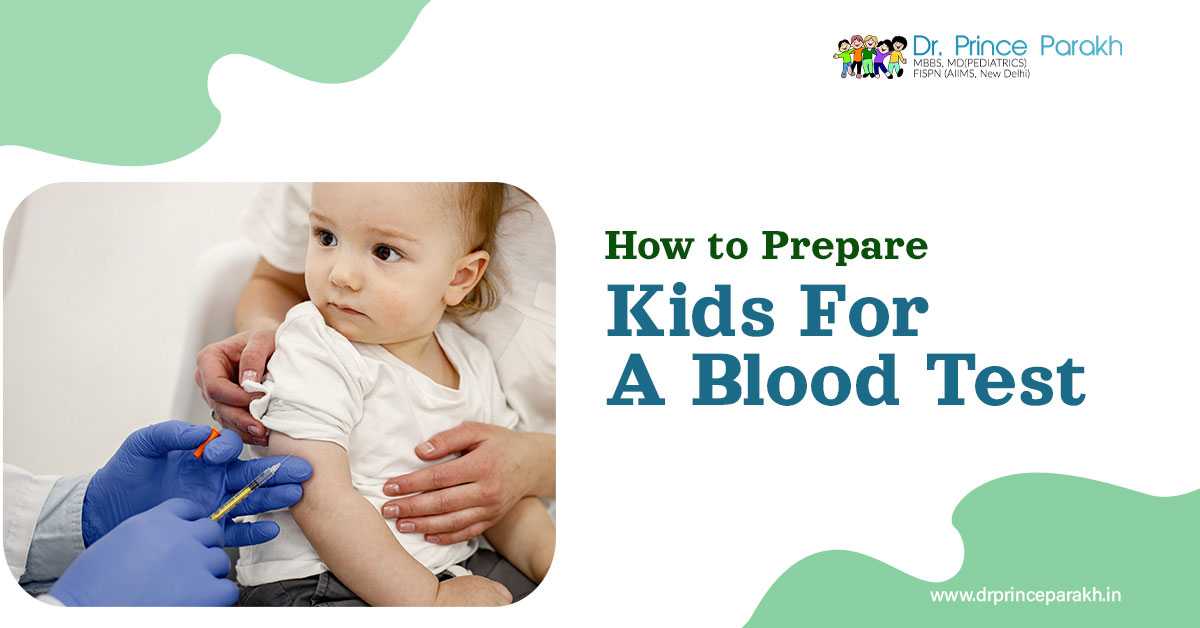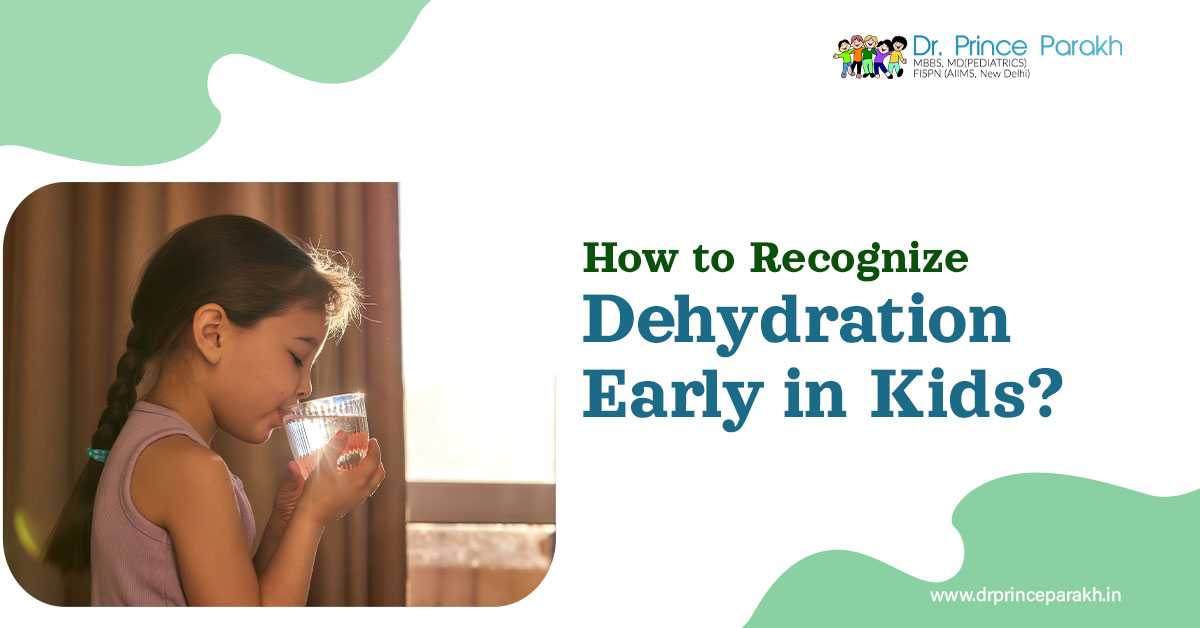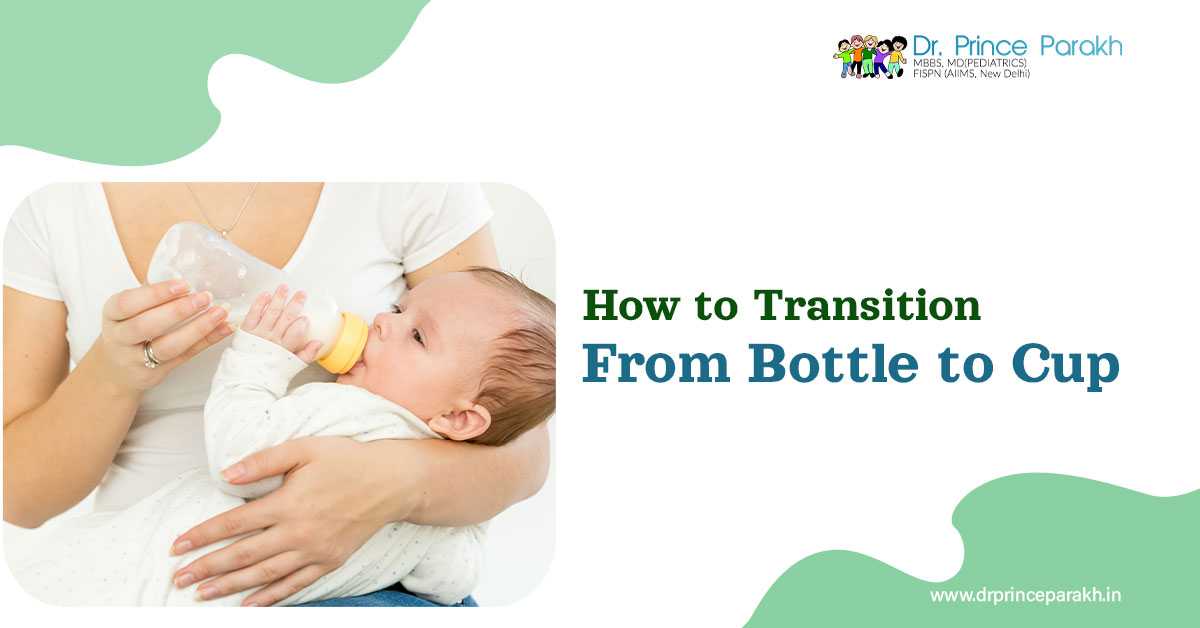Any parent may be concerned when their baby has a fever, even a mild one. Feeling concerned is normal when your child appears ill, has body aches, or is fussy. Fever in children, however, is not necessarily a terrible thing; it's often the body's defense against illnesses.
The important thing is to know when to call your physician, how to treat fever in babies at home, and when to keep a close eye on things. Written in easy-to-understand language, this blog will teach you all you need to know about treating a baby's fever so you can care for them.
What Is a Fever in Babies?
The body's natural reaction to inflammation or illness is fever. The standard definition of a fever in infants/ babies is a rectal temperature of 100.4°F (38°C) or more. This condition is a sign that something is wrong with your baby's body, even though it is not an illness itself.
Widely common reasons include:
- Viral infections (such as COVID-19, the flu, or colds)
- Bacterial infections (like urinary tract or ear infections)
- Responses to vaccinations
- Digestive issues
- Overheating (by being in a hot area or wearing too much clothing)
How You Can Check Your Baby’s Temperature
The correct thermometer and method must be used to check or comfort fever in kids or babies. Paediatricians advise:
- The most accurate thermometers are rectal ones for infants less than three months old.
- Efficient and secure digital thermometers.
- Very young infants shouldn't use forehead or ear thermometers as they might provide false readings.
In order to take rectal temperature, follow the tips given below:
- You may use a little amount of petroleum gel.
- The thermometer should be carefully inserted into the rectum between ½ and 1 inch.
- Until your baby beeps, keep them still.
- After taking the temperature, clean the thermometer.
When to Call the Doctor Immediately
While not all fevers need immediate medical care, others definitely do. Parents or caregivers should seek immediate medical attention if your child:
- Has a rectal temperature of 100.4°F (38°C) or greater and is younger than three months.
- Has a body temperature of 102° or higher and is three or six months of age.
- Has a temperature over 104°F (40°C) and is older than six months.
- Has diarrhea, frequent vomiting, or breathing difficulties.
- Has symptoms of being lethargic, agitated, or unresponsive.
- Has symptoms of dehydration, including dry mouth, fewer wet diapers, and no tears when sobbing.
- Has a seizure.
Never wait—call your physician (pediatrician) immediately if your baby has such symptoms.
Home Care Tips for a Baby with Fever
1. Make Your Kid Feel at Ease
- Your infant should wear light garments.
- If necessary, use a light blanket, but don't overdress.
- Maintain a pleasant and temperate room temperature.
2. Provide a Good Amount of Fluids
- Continue to breastfeed or use formula often for infants less than six months.
- If your pediatrician advises it, you can even give older babies little sips of water.
- Drinking fluids helps avoid dehydration, which can exacerbate fever in kids.
3. Ensure that Your Baby Gets Rest
- Give your infant as much rest as you can.
- If their hunger is temporarily reduced, don't panic; staying hydrated is more important.
4. When Appropriate, Use Medications (as guided)
- Use a fever reducer (as directed by a pediatrician)
- Do not provide any medicines inappropriate for kids or babies
- Do not provide painkillers
5. Lukewarm Sponge Bath (Optional)
- Taking a lukewarm sponge wash will help ease your baby's discomfort.
- Avoid alcohol rubs and cold water; they might be dangerous.
What You Shouldn’t Do When Your Baby Has a Fever
It’s obvious that you feel worried and want your baby to get well soon. But in this situation, there are a few things you should avoid, including:
- Do not overdress your child.
- Avoid cold baths since they might be harmful.
- Before administering medication, be sure the dosage is proper.
- Even if the temperature is low, don't ignore other symptoms like lethargy, rash, diarrhea, or trouble breathing.
Fever After Vaccination
- The temperature and time measurements.
- Any medications administered (dosage and duration).
- Other symptoms (such as coughing, runny nose, or vomiting).
When a Fever Could Be a Sign of Something More Serious
- Meningitis symptoms might include light sensitivity, odd sobbing, or a stiff neck.
- Wheezing, chest retractions, or rapid breathing are signs of pneumonia.
- Occasionally, there are no other obvious symptoms other than fever with urinary tract infections.





